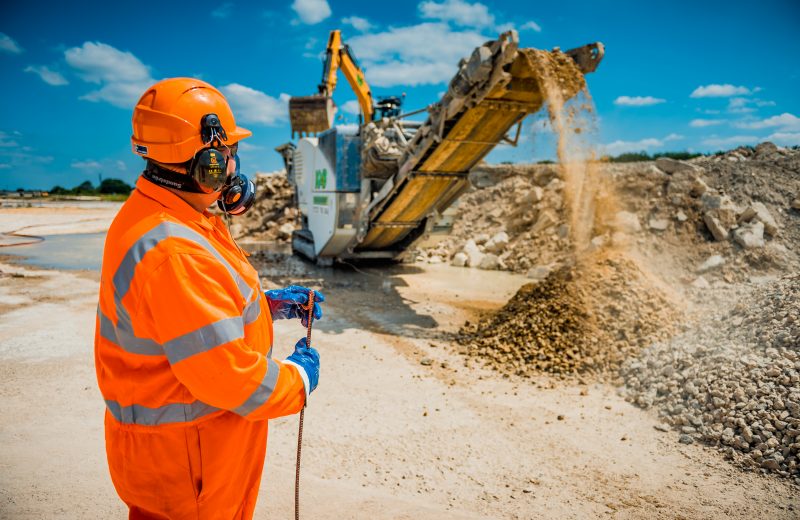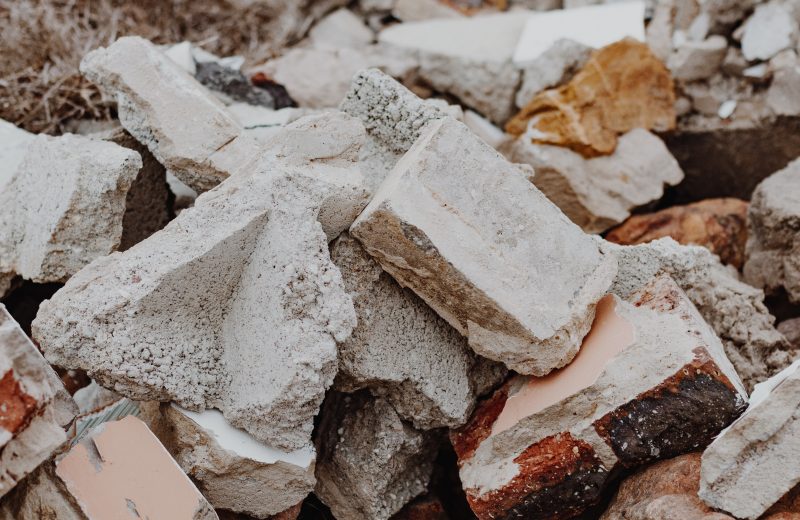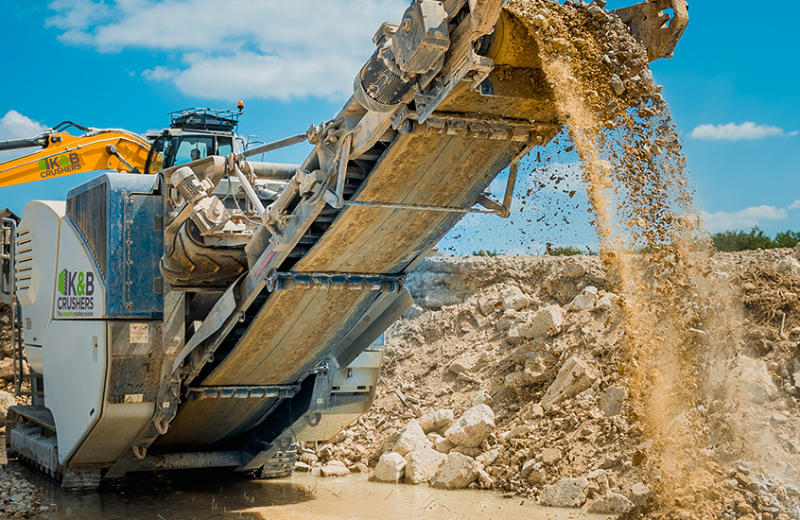We are all familiar with cement as a crucial building material, used to bind with materials such as stone, brick, tiles and plenty more. But how many of us really know about the history of cement?
Below, we will dive into its history, including its many uses, manufacturing process and different types.
The history of cement: where it came from
The word “cement” is derived from the Latin word “caementum”, which means chipped rock fragments.
Variations of cement have been used up to 12,000 years ago, with early archaeological discoveries found in modern-day Turkey. While around 7000 BC, a lime concrete floor made from quicklime was later discovered in Israel in 1985.
Around 800 BC, the Phoenicians discovered a mixture to produce hydraulic lime, which was stronger than anything created previously. Alongside this, they found that it also hardened under water. This mixture included burnt lime and volcanic ash referred to today as ‘pozzolana’.
The Romans also worked hard on new masonry techniques, which allowed them to erect grand buildings with heavy foundations. Famous historical buildings made from concrete include the Colosseum and Pantheon in Rome and the Hagia Sophia in Istanbul, which all still stand today.
Cement and the work of Joseph Aspdin
The precursor to modern-day cement was the work of Joseph Aspdin in 1824, a British stonemason who experimented with mixtures in his kitchen. Aspdin originally heated a mix of clay and ground limestone on his kitchen stove, before crushing it into a fine powder.
The result of Aspdin’s hard work was the world’s first hydraulic cement – a type of cement that sets very quickly and hardens when water is added. Due to its similarity to a stone quarried on the Isle of Portland, Aspdin creatively named his creation Portland cement.
These days, Portland cement is the most common type of cement in general use across the world. However, in 1845, Isaac Johnson uncovered the ability to fire chalk and clay at much higher temperatures than Aspdin – at around 1400-1500oC – essentially producing modern-day cement.
How Portland cement is made
The most common way to make Portland cement is through a dry method – with the first step being to quarry the principal raw materials. This rock is then crushed in several stages before being combined with other ingredients, such as iron ore or fly ash, before being ground, mixed and fed to a cement kiln.
But it doesn’t end there. The cement kiln heats the ingredients to around 2,700 degrees Fahrenheit in huge, cylindrical steel rotary kilns. As the materials move through, the mixture comes out as grey balls, roughly the size of marbles. This is the ground once more and mixed with small amounts of limestone and gypsum, before being distributed as ready-mix cement.
The many uses of cement today
Mainly used as a binder in concrete, cement is a basic building material for all types of construction. Whether a home, street, school, or hospital, cement is used everywhere we look.
Beyond your typical ‘construction’ uses, cement is also used for more decorative applications, such as patios, staircases, driveways and pool decks – as well as items such as tables, bookcases and sculptures.
Here are a few ways cement is typically used:
- As the preparation of foundations, watertight floors and footpaths
- For making joints for drains and pipes
- Used in mortar for plastering, masonry work and pointing
- For the construction of wells, water tanks, and everyday items such as lampposts
Why use cement?
There are many reasons why cement may be the building material of choice, here are just a few reasons why it is used:
- Cement is incredibly strong, durable and resilient, making it perfect for many different uses
- Concrete can store energy, therefore helping to moderate temperatures within a concrete building
- Due to its high durability and resilience, concrete is incredibly easy to maintain, often lasting for many decades
The future of cement production
Now we know the history of cement, what does the future look like?
As new technology and innovative ideas take shape, concrete production has started to evolve – improving the sustainability and strength of this popular building material.
Future plans for cement production include lowering operating costs and higher asset value through higher energy efficiency. As manufacturers look to create greener and more efficient plants, each plant’s environmental footprint is reduced, helping to secure its licence to operate across different locations.
To find out more about this crucial building material and the construction process, get in touch with us today.



